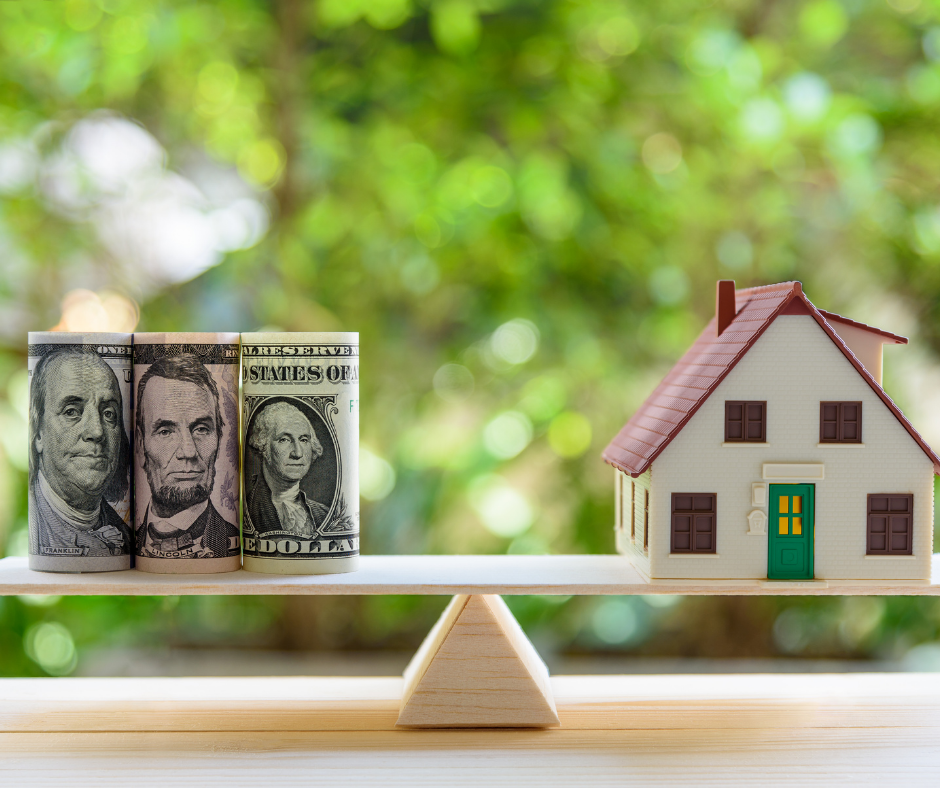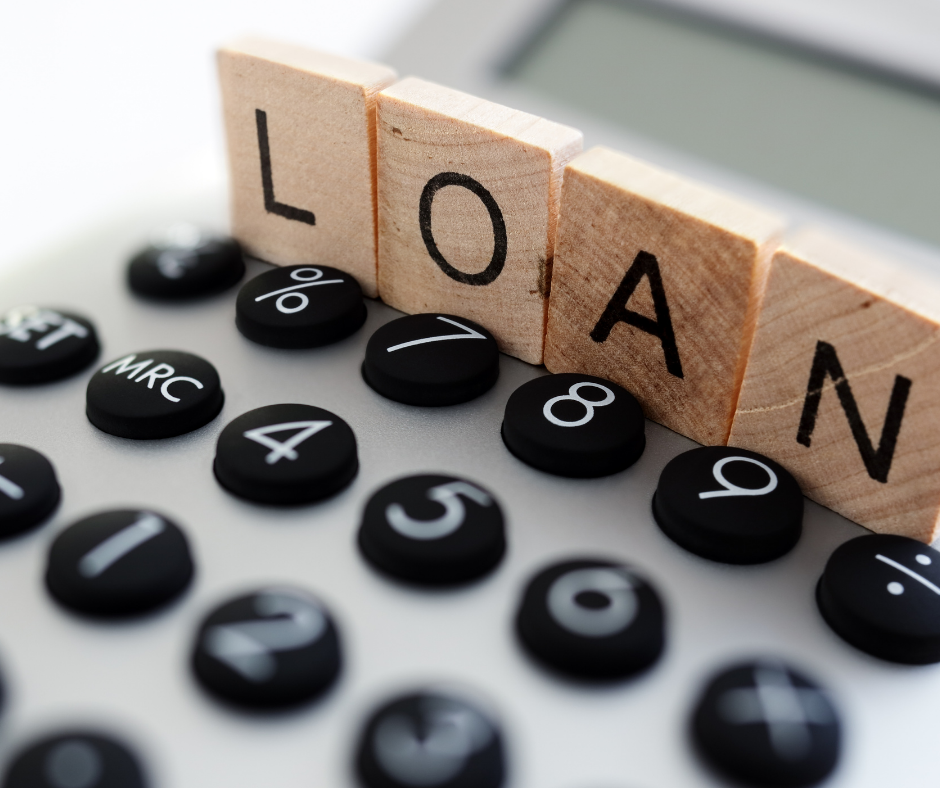Latest News
Do You Know the Detail concerning Home Loans? The Second Column!
2021/12/21
Brief Knowledge of Japanese Real Estate
In the second column, I will write about “Home Loan: ③How Much Can You Borrow?”

◆3.How much is your loan limit?
When you start considering purchasing a home, what is the first thing you should think about?
- New construction or pre-owned?
- Detached house or condominium?
- Which area to search for properties: along the train line, near stations, in specific prefectures, or in towns?
- How much to set as the budget?
I think many things can be listed.
Today, I will explain your “maximum borrowing limit” based on the discussion of ④”how much to set as the budget”.
First, I will explain one of the important keywords for understanding your maximum borrowing limit: “Repayment Ratio.”
【3-(1).Flat 35’s Repayment Ratio】
Let’s consider an example where a fictional person, A-san, is considering purchasing a house using Flat 35.
【A-san】
He is 35-year-old salaried man, with an annual income of 5,000,000 yen and a family of three (including one child and one housewife).
When undergoing a loan review at financial institutions offering Flat 35, the repayment ratio of 35% (Flat 35% utilization condition) is used to determine whether the loan amount is appropriate.
5,000,000 yen×35%=1,750,000 yen (per year)
1,750,000 yen÷12 months = 145,000 yen (rounded down to two decimal places)
In this case, from the financial institution‘s perspective, A-san’s repayment capability is assessed as “1,750,000 yen per year.” Thus, he would be eligible for a loan if the monthly loan repayment is approximately 145,000 yen or less.
Therefore, with a loan amount of 48,500,000 yen and an execution interest rate of 1.330% (Flat 35 interest rate as of December 2021) over a 35-year repayment period, the monthly repayment will be 144,500 yen. Thus, A-san’s borrowing limit would be approximately 48,500,000 yen.
However, when calculating the borrowing limit, it is necessary to consider any existing loans from other financial institutions.
For example, if A-san has a car loan from another financial institution and is repaying 25,000 yen per month, the maximum monthly repayment for the home loan is 145,000-25,000=120,000 yen. So A-san’s borrowing limit becomes approximately 40,000,000 yen.
Generally, examples of loans from other financial institutions include the following:

Common Examples of Loans from Other Financial Institutions
- Shopping loans (including pets)
- Installment payments for mobile phones
- Scholarship loans (which may not be included in a repayment ratio)
- Car loans
- Asset-backed loans (such as real estate investments)
- Unsecured loans (bank cashing, consumer finance, etc.)
- Credit card cash advances (even if no borrowing has been made, the cash advance limit on credit cards may be included in the repayment ratio calculation.)
In brief, if you are considering purchasing a home, you need to confirm how much you currently own to each financial institution, whether it is feasible to pay off all these loans at present, whether you have credit cards that you don’t use, or whether you use the cash advance function.
【Flat 35 Interest Rate Information】
https://www.simulation.jhf.go.jp/flat35/kinri/index.php/rates/top
【Conditions for using Flat 35】
https://www.flat35.com/loan/flat35/conditions.html
【3-(2).The repayment ratio for bank loans?】
Next, I will briefly explain the repayment ratio for bank loans.
Let’s discuss the fictional A-san for this example again.
When B Bank assesses the loan amount for A-san, B Bank will adjust the repayment ratio to 35% based on A-san’s conditions, different from Flat 35.
For example, the adjustment conditions include the number of dependents, the employer company’s listed status, and many others (Note that the rules are determined by financial institutions and are not publicly disclosed. Please understand that all explanations are based on assumptions).
If we assume that A-san is working in a listed company and has two dependents, the repayment ratio for the review would be 30% with a -5% adjustment,
5,000,000 yen×30%=1,500,000 yen (per year)
1,500,000 yen ÷ 12 months=125,000 yen
From B Bank’s perspective, A-san’s repayment capability is assessed as “1,500,000 yen per year.” Thus, he is eligible for a loan if the monthly loan repayment is 125,000 yen or less.
Next, let’s calculate how much and for how many years he can borrow so that the monthly repayment is below 125,000 yen. Note that the interest rate for review differs from Flat 35.
Flat 35 uses an execution interest rate of 1.330% for assessment.
Therefore, if the calculation for review is based on the execution interest rate used by B Bank for A-san, the repayment ratio would be near the limit. In this situation, what would happen if he borrows a variable interest rate home loan from B Bank?
In terms of interest rates, there is a possibility that the interest rates will fluctuate in the future based on market trends.
If market interest rates rise and monthly repayments increase, A-san’s repayment ratio rises. This may lead to difficulty covering living expenses and a child’s education costs, possibly falling into debt overextension and default. Simultaneously, it poses a risk that the bank can not recover the debt.
In brief, the bank bears the risk of not being able to recover the money it has lent out.

By the way, when the debt repayment becomes impossible (unable to repay loans), there are some choices:
- Repay the loan in full by selling the home with a mortgage.
- Repay the loan in full by selling personal assets or other owned assets.
The above can be listed. If the remaining balance of the home loan exceeds the sale proceeds, you are obligated to repay the difference from your other owned assets or property.
If a debtor sells their home but the proceeds are insufficient to cover the remaining loan repayment amount, and he has no other assets or property to use, the bank, as the creditor, faces the risk of some of the loan becoming non-recoverable. Therefore, the purpose of home loan review is to mitigate this risk as much as possible.
The assessment is also to reduce the consumer’s or debtor’s risk.
Returning to our topic, for banks that handle many variable interest rates of home loans, there is a risk if they directly use the execution interest rate for the review. Therefore, they use a slightly higher rate than the execution interest rate to reduce the risk associated with future interest rate fluctuations.
So, if B Bank sets the review rate at 4%, how much can A-san borrow?
If the loan amount is 28,000,000 yen with an interest rate of 4% over a 35-year repayment period, the monthly repayment would be approximately 124,000 yen. Therefore, while A-san can borrow up to 28,000,000 yen from B Bank, the borrowing limit would decrease if there are existing repayments to other financial institutions.
In addition, some banks may include specific requirements such as “annual income criterion” in their loan conditions. So caution is required.

【3-(3).Summary】
When you start considering purchasing a home, first you should think about
- New construction or pre-owned?
- Detached house or condominium?
- Which area to search for properties: along the train line, near stations, in specific prefectures, or towns?
- How much to set as the budget?
Based on these considerations, you’d better understand your maximum borrowing limit and the repayment ratio to determine your budget.
Why? The reason is that it is an important point when you judge how purchasing your property will affect your current status or is related to your future risk.
I want to explain the house loan in detail next time. In brief, do not forget to know the accurate situation about the amount you can borrow from financial institutions, the status of your credit cards, cashing, and shopping, which largely affect your budget.
At last, there are websites where you can simulate the amount you can borrow, so why not try searching at various financial institutions?
【Reference. ※To buy a 100,000,000 yen house】
If you are purchasing a detached house in the south area of Tokyo, where GLOCALY frequently deals, the necessary amount is not less than 100,000,000 yen.
If A-san wants to briefly simulate the conditions necessary to buy Property C at 100,000,000 yen,
My discussion will be based on the variable interest rate house loan provided by B Bank.
【Conditions】
The price of Property C: 100,000,000 yen
Purchase incidental expenses: 6,000,000 yen
Conditions for utilizing a house loan: the down payment is 10% of the property price along with incidental costs.
Based on the above conditions, the planned borrowing amount is 90,000,000 yen.
To obtain a 90,000,000 yen loan under the following conditions: a repayment ratio of 30%, an interest rate for review of 4%, a repayment period of 35 years, and a monthly car loan repayment of 45,000 yen, what conditions are necessary?
For a 90,000,000 yen loan at a 4% interest rate over a 35-year repayment period, the monthly repayment is 398,000 yen. If adding the 45,000 yen monthly car loan, the total monthly repayment would be around 443,000 yen, totaling approximately 5,316,000 yen annually.
To keep the repayment amount of approximately 5,316,000 yen within a 30% repayment ratio, one would need an income of around 17,720,000 yen annually.
That is, if using a house loan provided by B Bank to purchase Property C, A-san needs to prepare 16,000,000 yen in cash and have an annual income of at least 17,720,000 yen.
(In the situation of Flat 35, since the usage limit is 80,000,000 yen, A-san would need to prepare 26,000,000 yen in cash and have a 9,800,000 yen annual income to make the purchase feasible.)
※The above simulation does not assume combined income.
※The above simulation is merely an estimate to determine if a house loan is potentially available, and it does not guarantee loan approval.
※The above simulation does not consider any future risks related to life planning.
I have summarized the house loan in this second column. If you are interested or want to get detailed information, please contact us through the inquiry form.
Please stay tuned for the next column. Thank you!
For more information
